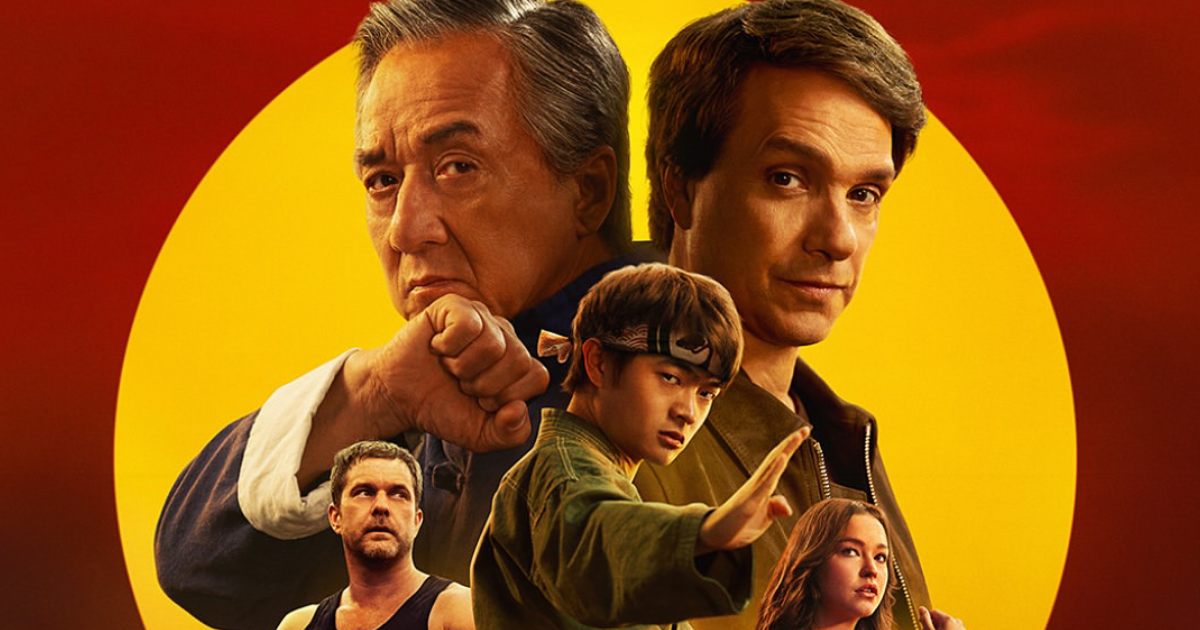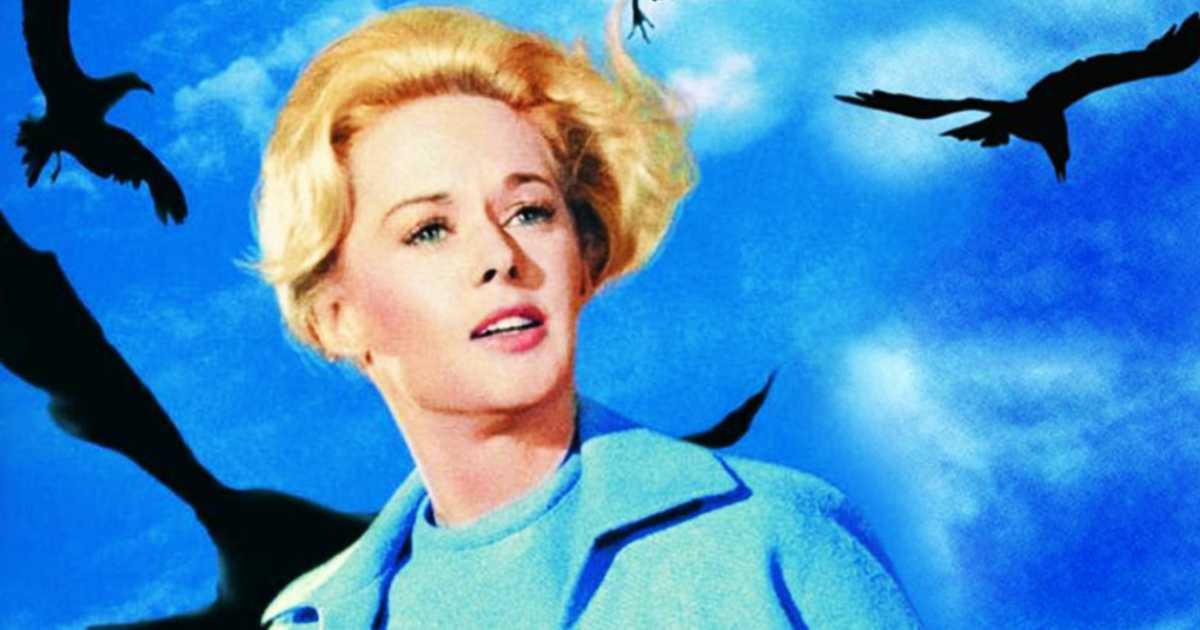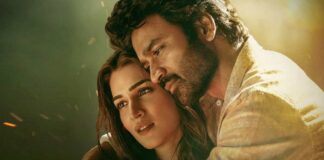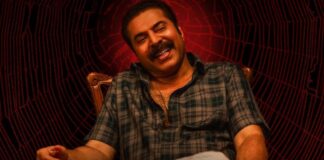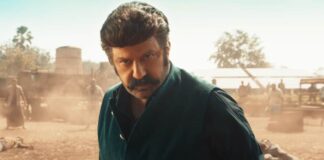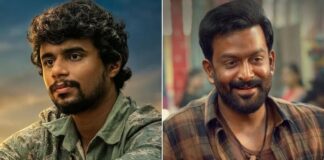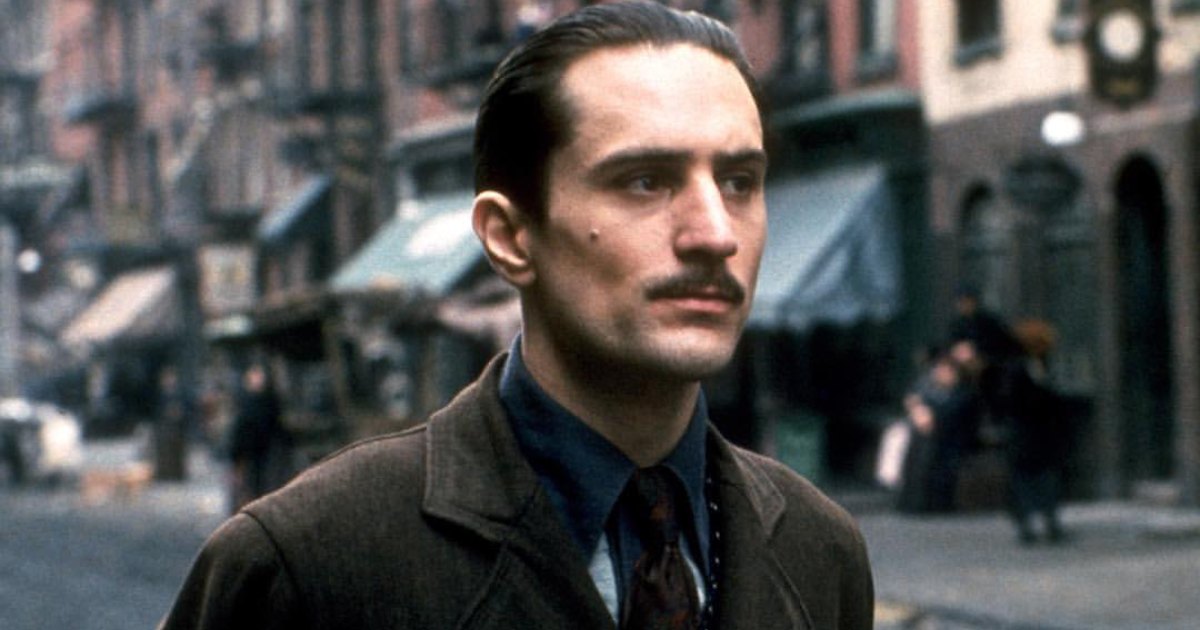
Francis Ford Coppola approached The Godfather with a bold vision. He didn’t always stick to the plan, which made all the difference. While certain rules were set for the shoot, especially around how the camera should move and what it should show, Coppola knew when to bend those rules and, more importantly, when to ignore them completely.
How Coppola Broke the Rules for Vito Corleone’s Shooting Scene
One major example comes during the attempt on Vito Corleone’s life. Most of the film was shot at eye-level, which served as a perfect choice to pull viewers straight into the rooms with the Corleone family.
According to Screenrant, this approach came from cinematographer Gordon Willis, who wanted the audience to feel like quiet observers inside the mafia world. However, Francis Ford Coppola had something else in mind for the moment when Vito gets shot. He insisted on showing the scene from above and captured the action from high above the street.
Trending
That one overhead shot cuts through the film like a blade. It doesn’t follow anyone’s perspective, and that’s the point. It momentarily lifts the viewer out of the world, offering a detached view of a crime that shifts the story. Michael’s path toward power begins right there when his family starts to unravel and the violence gets harder to control. The genius of Coppola made one break from the eye-level approach count.
Gordon Willis’ Cinematography Set The Mood Of The Godfather
Vito’s role in the story remains huge, even after he’s gone. Francis Ford Coppola gave his downfall a kind of mythic weight, as if it were both a personal tragedy and a sign of something bigger cracking apart. That overhead view makes Vito look small, and the scene becomes part of an endless loop of crime and consequence.
Willis didn’t rely on that one trick. His work across the film is packed with details that shape the story in quiet but powerful ways. Nicknamed the “Prince of Darkness,” he used deep shadows and minimal lighting to paint a world where every corner felt uncertain. He also played with color in careful ways. The use of orange became a warning signal, and whenever it appeared, something bad usually followed.
Visual Contrast Between Vito And Michael Corleone
Vito’s face often stayed hidden in shadow when he was working, making him seem distant and powerful in the sequel, that changed. Michael, his son, was lit more clearly. He stood in brighter spaces, but the light didn’t soften him. Instead, it made his descent into ruthlessness even more visible.
The different locations, like Cuba and Nevada, had lighter palettes, while the flashbacks glowed with yellow tones to separate the past from the present. All of this added depth to the story without drawing attention to itself.
Advertisement
For more such stories, check out Hollywood News
Must Read: Tom Cruise Has It All – So Why Does He Still Look Like He’s Chasing Something?
Follow Us: Facebook | Instagram | Twitter | YouTube | Google News



 Follow Us
Follow Us